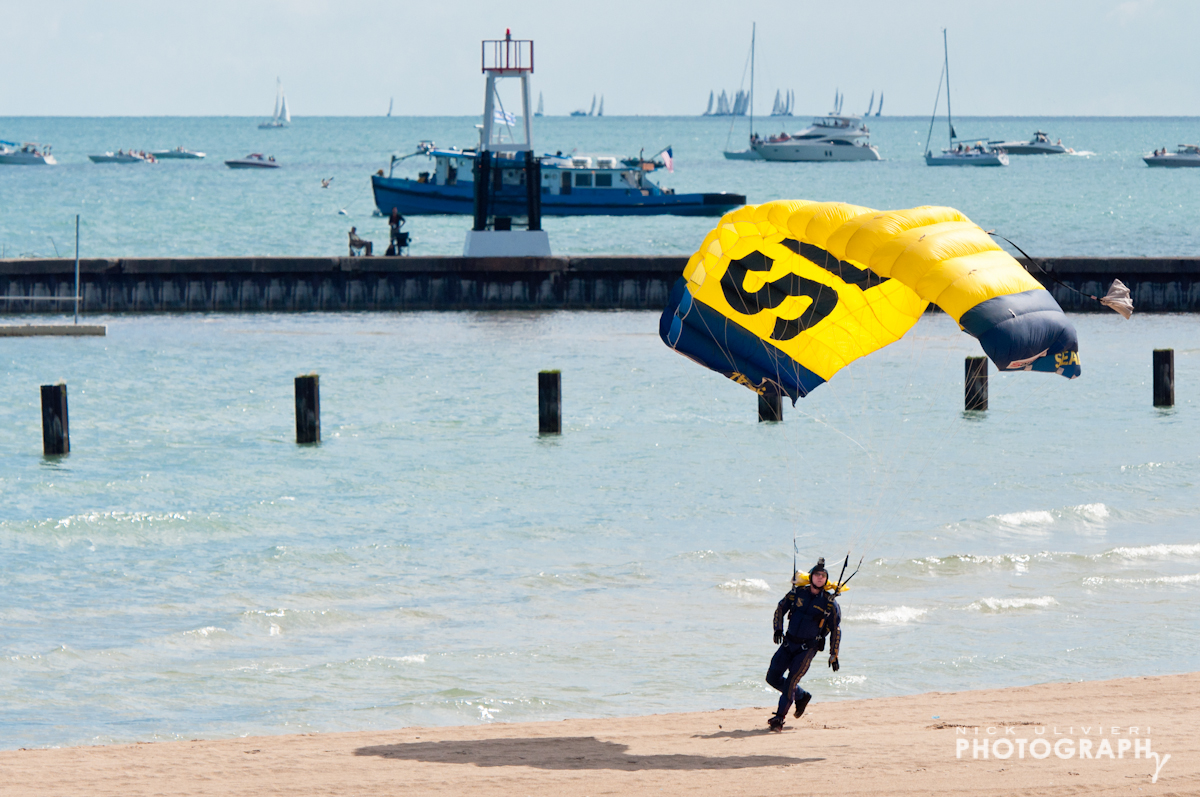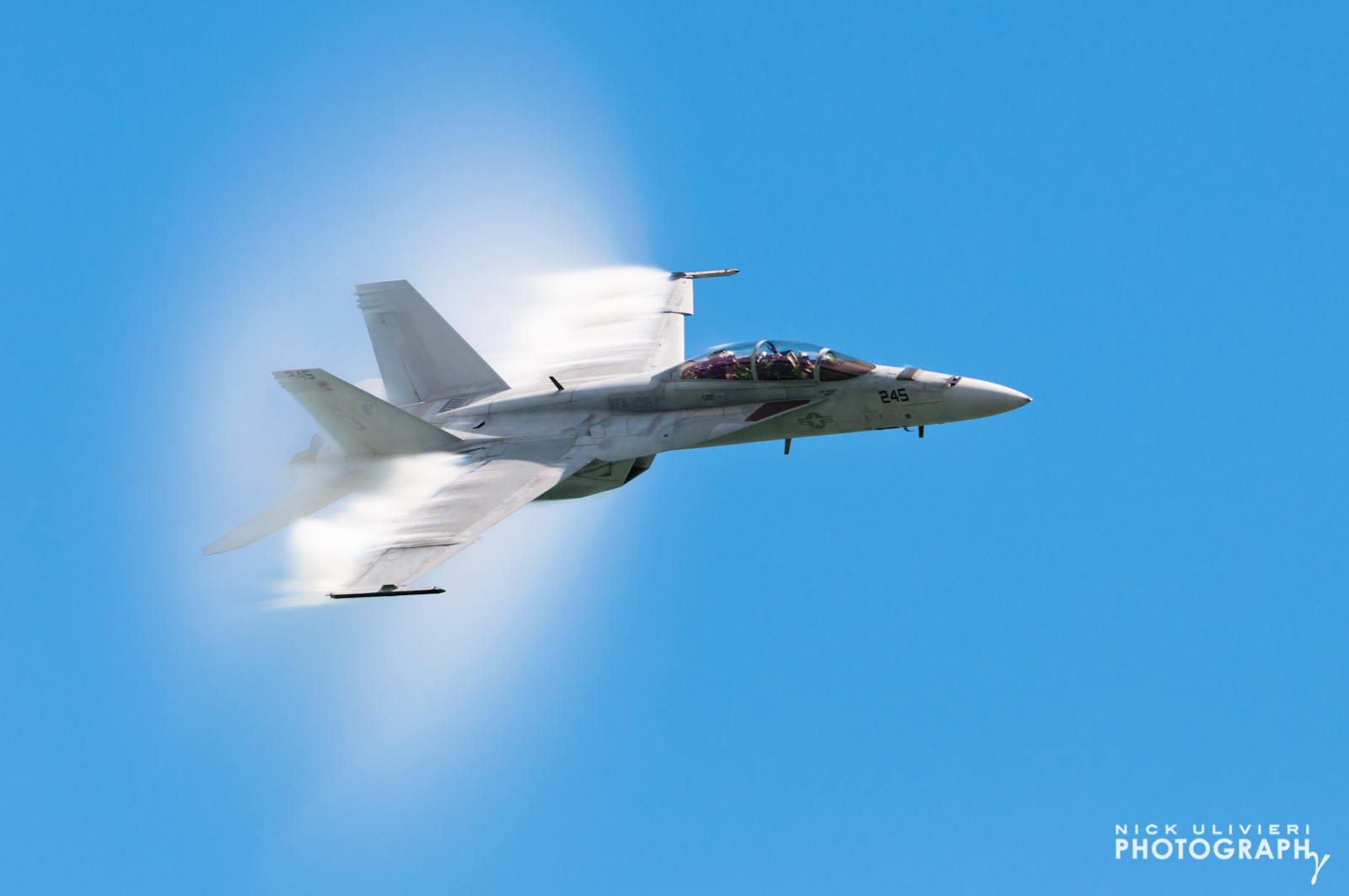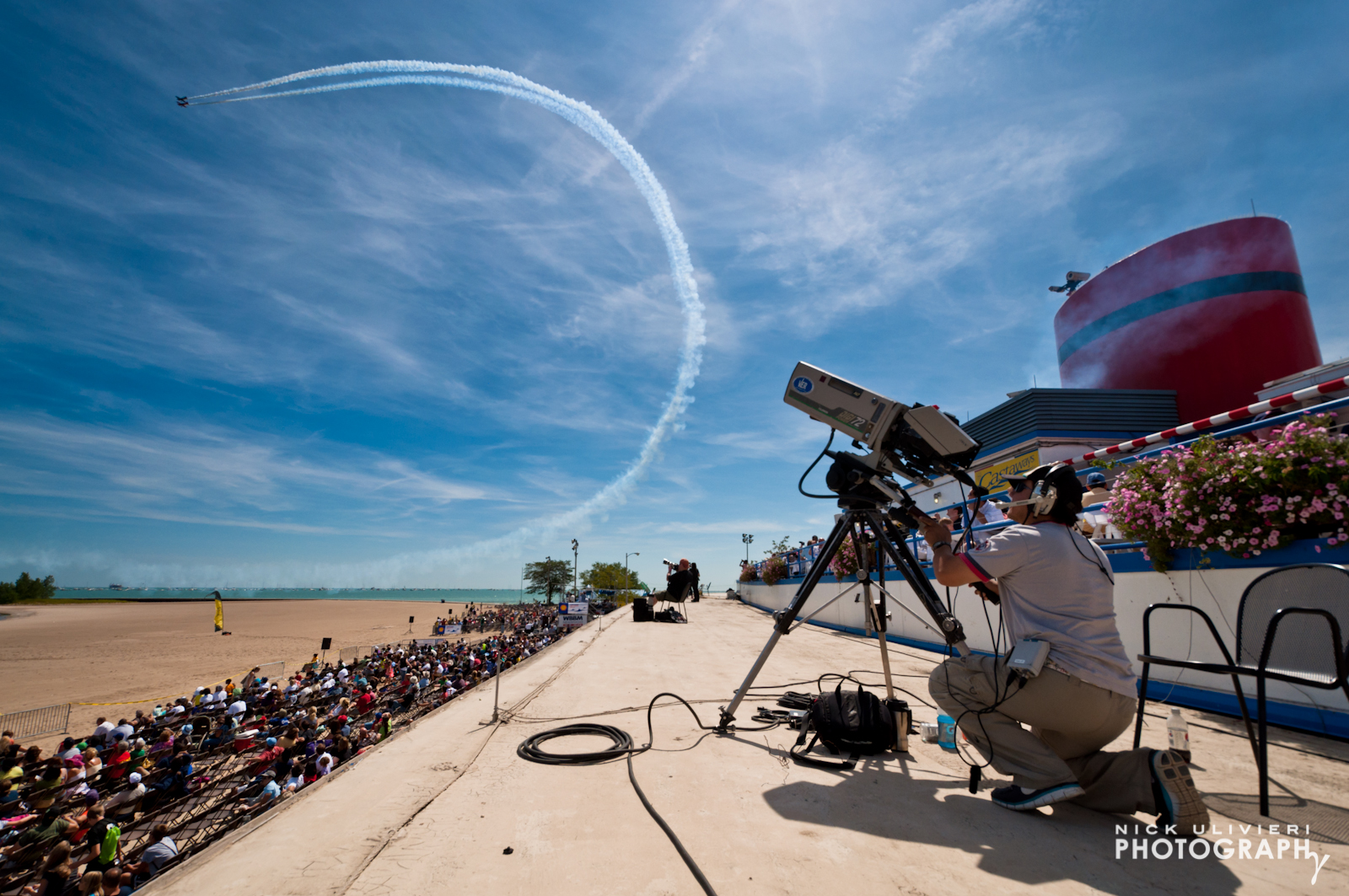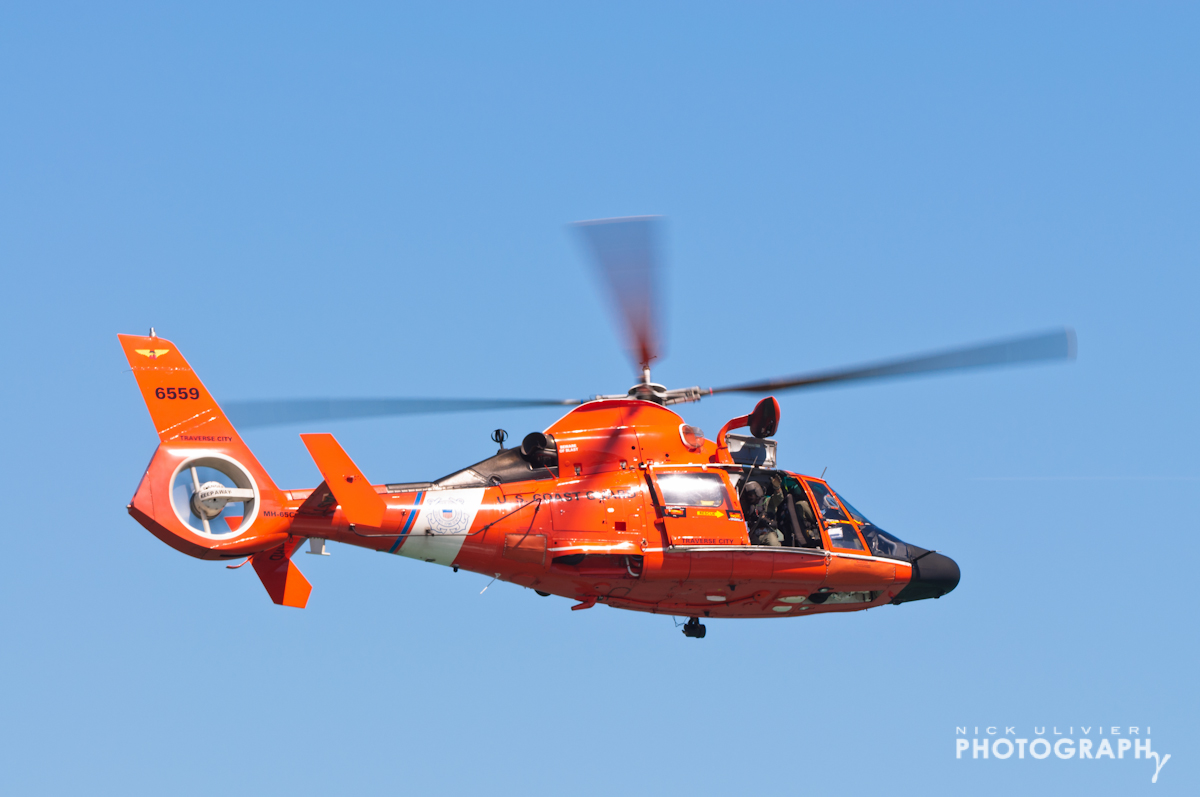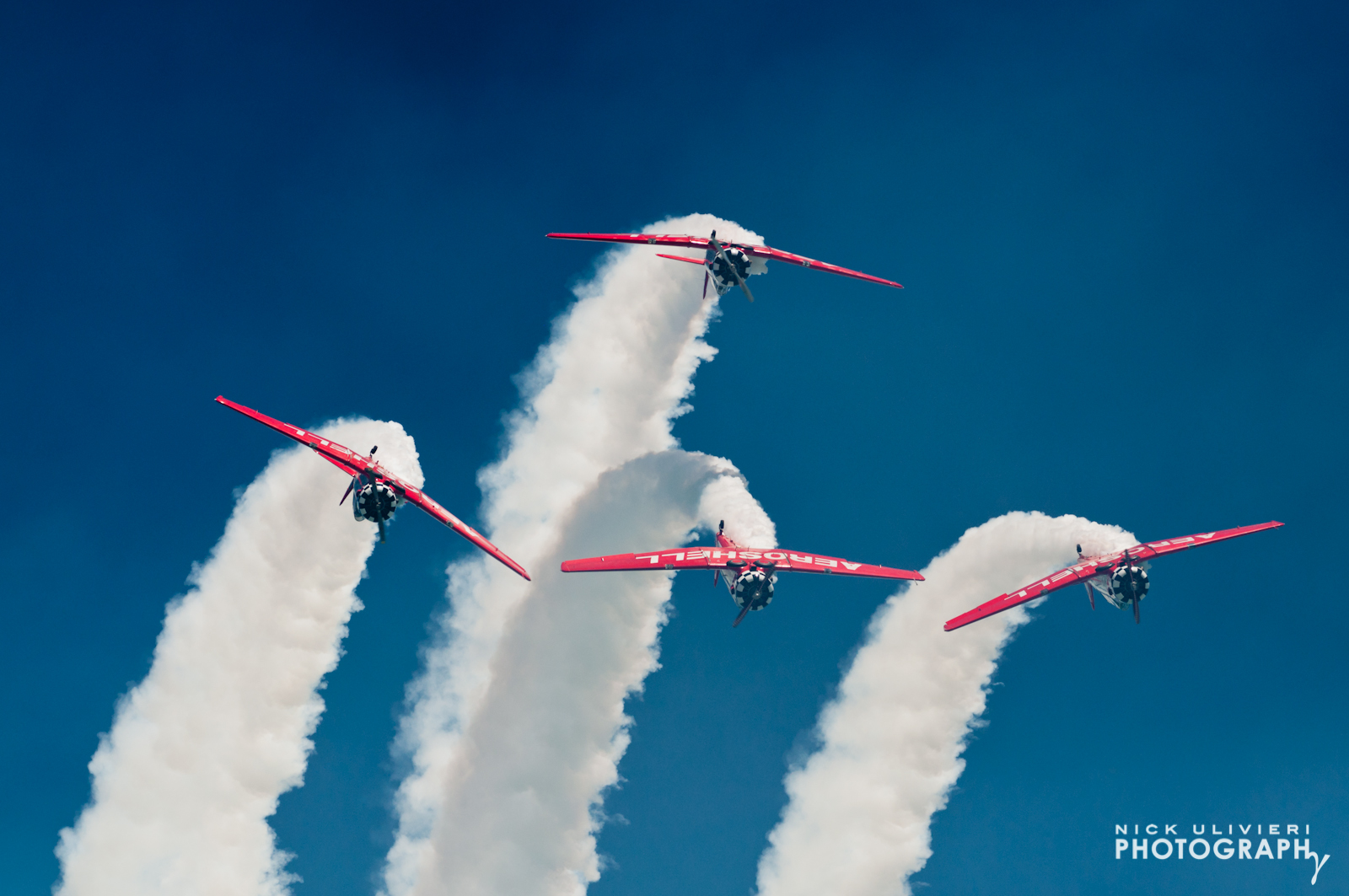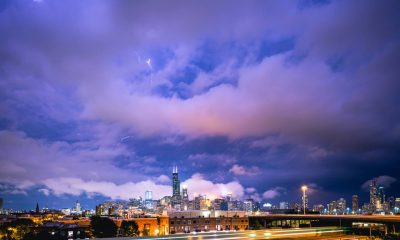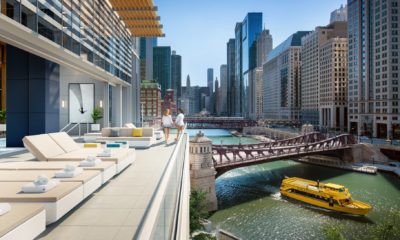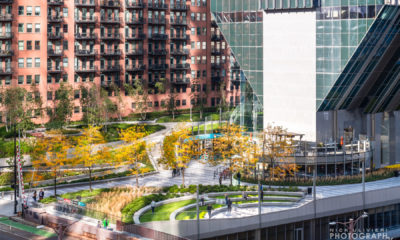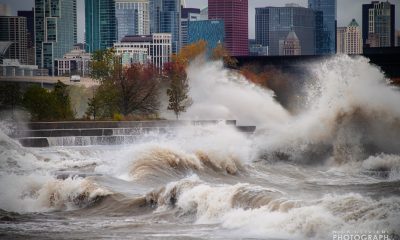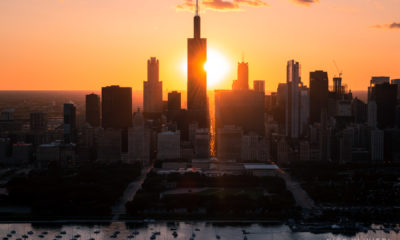
Photographing the Chicago Air & Water Show (2014 edition)
I honestly have never been more excited for the Chicago Air & Water Show! After the military demonstration pulled-out of most air shows in 2013, I decided to take a year off from shooting Chicago’s as well. Up until then I had shot three shows in a row and figured It was a good time for me to take one off. But that’s all changing in 2014 with the return of the U.S. Navy Blue Angels, a huge list of amazing acts, and an appearance by the F-22 Raptor!
I’m planning some big things for all three days, so if you want to shoot the show like I do, I’ve listed a ton of tips, settings, and suggestions to get you ready for the weekend…
Where and When? First things first, the Chicago Air & Water Show officially takes place this Saturday and Sunday (16th + 17th) from 10am-3pm. Show center is at North Avenue Beach – right in front of the big boathouse.
Get there early: Show center is the best place to catch the action, which also means the sandy real estate fills up fast. If you’re on the beach by 8:00am, you’re in good shape. You’ll have some time to kill before the aerobatics start, but that beats trying to fight the crowd and shooting from a bad location. One of the absolute best places to be on the beach is in froth of the boat house and up against the railing near the South end of the beach. On the opposite side of the railing is the landing zone for the various skydiving acts.
P.S. If you want the ultimate shooting perch, you can purchase tickets to enjoy the show from Castaway’s (the rooftop of the North Avenue beach boathouse). You’ll be up above the beach, have a great view of the parachute landing zone, and you’ll have good food and drink all day. They may be sold out by this point, but it can’t hurt to give them a call for availability.
Don’t forget Friday: While the city doesn’t heavily promote it, Friday’s practice show is about 90% of the full weekend lineup. The great part is that it’s less crowded and much easier to move around. This gives you a full three days to shoot, and hopefully catch the perfect shot.
Size matters: When shooting airplanes, you gotta go big. in 2012 I used the tack sharp Nikkor 300mm f/2.8 telephoto on my crop sensor to bring me up to an effective 450mm focal length. This year I’ve rented the Nikkor 200-400 f/4 to use on my full-frame D800.
If you feel your lenses aren’t up to snuff, don’t fret – you can rent. I use LensRentals to rent super-telephotos and specialty lenses. They’re an online service that ships the lens directly to you. After your rental period is up, you simply drop it off at your nearest FedEx location and you’re done. Compared to the price of owning one of these beasts, the rental fees are much easier to swallow.
Since the show is only only a few days out, getting a lens shipped to you on-time probably isn’t in the cards, and ProCenter Camera is a great Chicago spot to use. They’re located at 1000 N North Branch, (Studio F) on Goose Island.
Go wide too: Sure the telephoto close-ups of the airplanes are great, but there are plenty of great wide-angle shots to be had too – particularly when planes are leaving smoke trails in the sky. Variety in your shots is a great way to add more interest to the final set of images.
Autofocus: If ever there was a time to use continuous autofocus, this is it (Nikon: AF-C / Canon: AI-Servo AF). You’ll have planes coming at you, going away from you, and streaking past you. Regardless of which way they’re traveling, the distance is constantly changing so you’ll want to make sure your camera is continually re-focusing too.
Where’s the plane?: It can be difficult to spot a plane as enters the show’s airspace when using a long telephoto, so I like to manually focus to infinity before a new act starts so I can more easily spot it in the distance through the viewfinder.
Be smooth: You’ll be doing a lot of panning as the aircrafts come and go from show center so be smooth about it and follow through. Don’t stop once the shutter closes – keep it moving.
Luckily, I’ve found that the speed in which you must pan to keep up with the planes is pretty ideal; it’s not so fast that you can’t keep up, yet it’s fast enough that the speed at which your body is panning stays smooth and shake free.
General Settings: Lastly, here are some general settings to start off with if you’re shooting in manual:
- Freeze motion: These settings worked great for me when I really wanted to ensure I had a sharp shot – particularly for jets: ISO 320, F/5.6, 1/3200
- Blur the propeller: When shooting prop planes or helicopters, you’ll want to slow your shutter speed down a bit to create some blur in the propeller. This gives your photos a better sense of flight and movement: ISO 200, F/9, 1/500
Good luck, happy shooting, and have a great weekend! Let me know how these tips work out or if you have any other questions.
You can see my full set from the 2012 show here.

